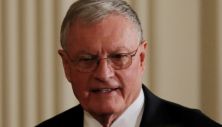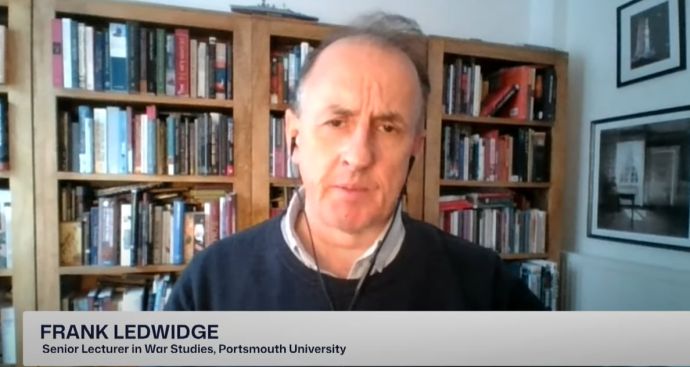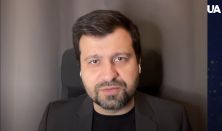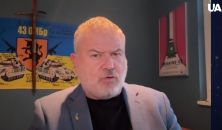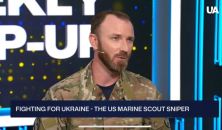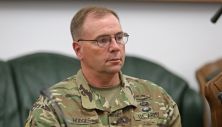Frontline in Ukraine in general and in particular. Western long-range weapons strikes on Russia – is it working already? Ballistic missile strike on the Dnipro. Ins and outs of todays situation in an interview with senior lecturer at the Royal Air Force College, former military intelligence officer Frenk Ledwidge at UATV studio.
— Frontline Kursk and beyond—what is known, and how would you assess the situation in general and in particular?
— In general, the situation is, as the British Defense Secretary described, unstable. This instability is most visible in the western part near Zaporizhzhia, where skirmishes occur almost daily. However, in the central-south region up toward Chasiv Yar, things are slightly more stable, though we’re seeing indications of Russian maneuvers in that area.
In Kursk, about 40% of the ground Ukraine reclaimed in August has been lost again. That said, I urge observers to pay attention to Zaporizhzhia, as there are signs of a developing Russian offensive there. The Ukrainian army seems prepared for this, and I don’t foresee Ukrainian forces breaking under pressure. However, this daily war of attrition has resulted in the gradual loss of ground.
— What about the impact of long-range weapon strikes on Russia?
— Long-range weapons, such as ATACMS launched from HIMARS or Storm Shadow missiles fired from aircraft, have marginal utility. These are essentially explosive devices on rockets. Russia has launched thousands of similar strikes at Ukraine without decisive results.
Ukraine’s available stock of ATACMS is likely limited to about 50 units, and Storm Shadow supplies are also constrained. These numbers are not sufficient to make a significant strategic impact. The political significance of deploying such weapons, however, is undeniable—it’s more about signaling than achieving military breakthroughs.
— Could weapons like Taurus missiles help?
— Not significantly. There’s no single game-changer in this war. The key factor remains manpower, where Russia has a clear advantage.
— What about the role of a potential Trump presidency? Could it lead to a change in long-range strike policies?
— It’s hard to predict Trump’s approach, as I don’t have privileged insight. However, Trump often adopts a negotiation strategy based on strength. If he returns to office, he might initially escalate military support to Ukraine to secure leverage over Russia.
Trump may not be bad news for Ukraine in the short term. His stance could be more problematic for Europe, depending on how his policies unfold. But overall, his position is likely more pragmatic than ideological.
— How would you assess the Biden administration’s approach to the war?
— The Biden administration has provided significant support to Ukraine, but it hasn’t been enough to decisively change the situation. Decisions to supply military aid in greater volumes should have been made two years ago. Instead, there’s been a slow and limited flow of weapons, leaving Ukraine in its current precarious position.
— What about the Russian use of mid-range ballistic missiles, such as the recent strike on Dnipro?
— This escalation is notable and should be treated as a major event. Experts agree that this marks a significant intensification by Russia, though it’s unclear whether political leaders grasp its importance. The attack had more symbolic value than tactical impact, as it used inert warheads.
Putin may indeed be frustrated—possibly because his warnings have been ignored.
These strikes could be an attempt to reassert dominance or signal dissatisfaction, but like with Trump, who can truly know Putin’s thoughts?
Read also: Strike with the ICBN Was to Make Western Leaders Fear Russia. Interview with Sergiy Sumlenny
